Tested: Ford-built Amarok V6 is smart but not very VW
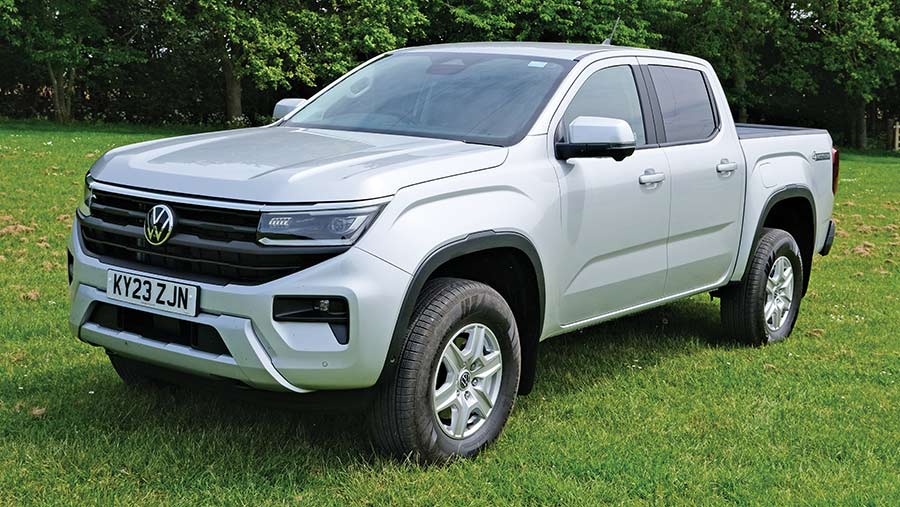 Amarok 2-litre Life model © James Andrews
Amarok 2-litre Life model © James Andrews The humble pickup has undergone a marked gentrification over the past decade and few have been as pivotal in its transformation as Volkswagen.
Even when it was first launched in 2011, the high-spec Amarok sported a sleek car-like interior, and by the time production stopped in 2020, it had a pokey V6 engine shoehorned under the bonnet driving a fancy permanent four-wheel drive system.
Now there is a new version, and the question is: can it be as good as the old one?
See also: First impressions: Ford’s new-look Ranger Wildtrak
The first thing to address is that it isn’t very Volkswagen at all. It’s built in partnership with Ford, and it is Ford that has done most of the heavy lifting.
This means the chassis, engines, transmissions and running gear are all identical to the new Ranger, with just the body panels and interior left to make it look and feel more Germanic.
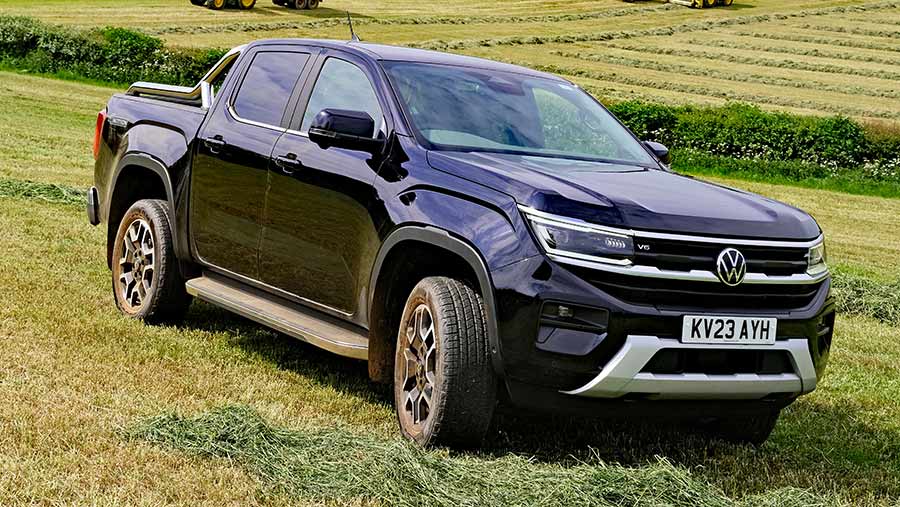
V6-powered Style versions get more bling than the 2-litre Life variant (above) © James Andrews
The trademark V6 engine, which might have the same 3-litre displacement as the old model, is also built by Ford.
It is, in fact, a Lion V6, similar to the block fitted in Land Rover’s Discovery . Take from that what you will.
Despite the shared underpinnings, Volkswagen has tried to give the Amarok its own identity.
The specifications are slightly different (generally a bit fancier) than its Ford equivalents and there are just four carefully considered grades, unlike the Ranger’s six – or seven if you include the thuggish Raptor.
Two of these have the option of a 2-litre engine and one has welly-friendly rubber-clad footwells, showing that VW hopes to broaden its customer base to include those who want a proper working tool.
Amarok Style V6 specs
- Engine Ford 3-litre V6 diesel bi-turbo
- Power 240hp@3,250rpm
- Torque 600Nm@1,750-2,250rpm
- Transmission 10-speed auto
- Top speed 112mph
- 0-62mph 9sec
- Economy 27mpg (combined cycle)
- Weight 2,245kg
- Payload 1,035kg
- Towing capacity 3,500kg
- Price From £43,950 ex VAT; 2-litre Life models with manual transmission start at £33,000
Entry-level V6
But to give the best idea of how new compares with old, the V6 models are the place to start. And the cheapest one of these is the uninspiringly monikered Style.
Like all six-cylinder variants, this is fitted with a bi-turbo arrangement that helps deliver a power output of about 240hp and 600Nm of torque.
This is in the same ballpark as its predecessor and it rewards with a pleasing shove of acceleration and throaty grumble when burying your right foot.
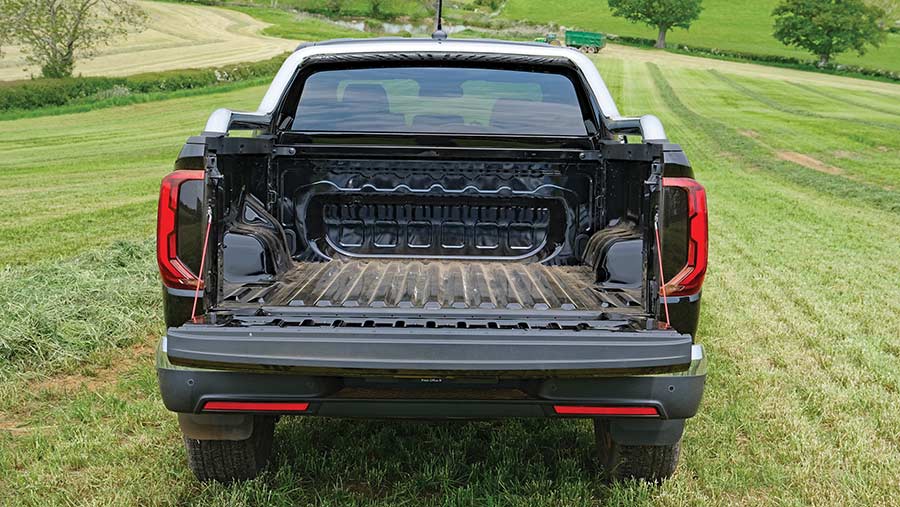
Payload is just over 1t; the sports bar is a purely cosmetic addition © James Andrews
On paper, the performance figures aren’t wildly different to the 2-litre model, getting from 0-62mph just 1.2sec faster and developing an extra 100Nm of torque.
But while the smaller-capacity models scream for mercy at higher revs, the V6 takes hard driving in its stride.
Only time will tell how it measures up against the old VW block though.
This was a particularly solid performer, clocking up hundreds of thousands of miles in everything from Touaregs to high-spec Audi estates.
More gears
The previous Amarok was unique in that it featured an eight-speed automatic transmission driving a permanent four-wheel drive system with a torque-sensing centre differential.
This was essentially lifted from the Touareg and it provided decent traction in a range of conditions.
The lack of a low range also didn’t seem to trouble it too much when towing.
But it’s all change for the new incumbent. Now there is a more traditional pickup arrangement, with the gearbox driving a transfer case that gives the option of a high and low range.
This is more sophisticated that most, thanks to a clever differential that brings in the option of automatic four-wheel drive.
The bias is still set towards the rear, but power is fed to the front end when the computer senses that is needed.
It’s not dissimilar to the setup used by Mitsubishi in the L200, and the main benefit is that four-wheel drive can be used on the road without causing any wind-up in the drivetrain.
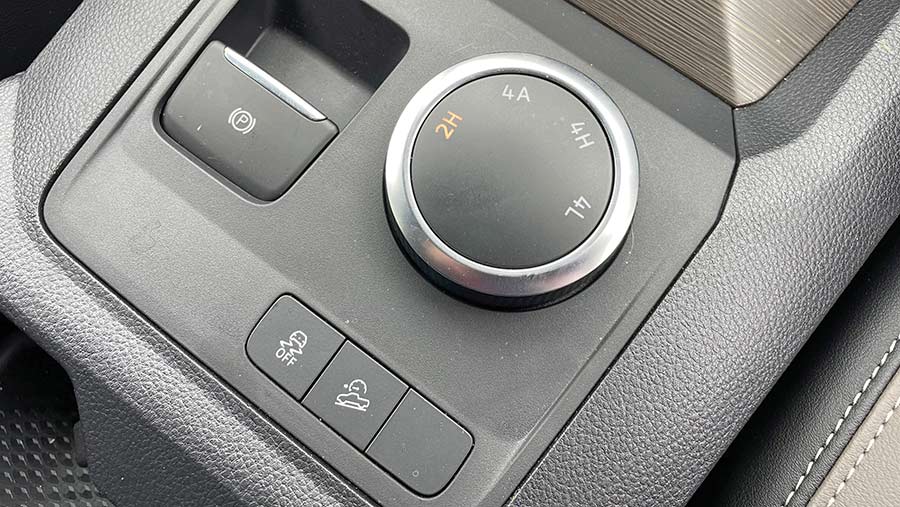
Automatic 4×4 engagement comes via the 4A setting © James Andrews
To help off-roading amateurs find the best setup, the screen also offers a series of scenarios – muddy track, sand, slippery surfaces – for which the computer selects the most appropriate range and driving characteristics.
The gearbox itself is Ford’s slick-shifting 10-speed automatic, which ratchets smoothly through the ratios, rarely getting wrong-footed. We rated it in the old 2-litre Ford Ranger and it seems equally at home allied to the six-cylinder.
There wasn’t the opportunity to try the truck with a trailer in tow, but the stats suggest it will be well at home hauling heavy loads.
It is also rated to handle 3.5t, which is a welcome step up from the 3.1t offered by the old version.
All but the tarmac-focused Aventura model can carry just over a 1t payload too.
High-tech interior
While the old Amarok’s interior was high-quality but simple, the new version is bristling with technology.
Central to this is a huge Tesla-style portrait screen which, like being presented with an iPad ordering system in your local greasy spoon, seems a little incongruous – particularly in base-spec models.
But the fancification of this pickup has its benefits.
For anyone hacking long distances on road the screen’s ability to display sat-nav, audio and other controls simultaneously is rather convenient.
Plus, some thought has been given to more old-school operators as there are also manual buttons to access frequently used functions.
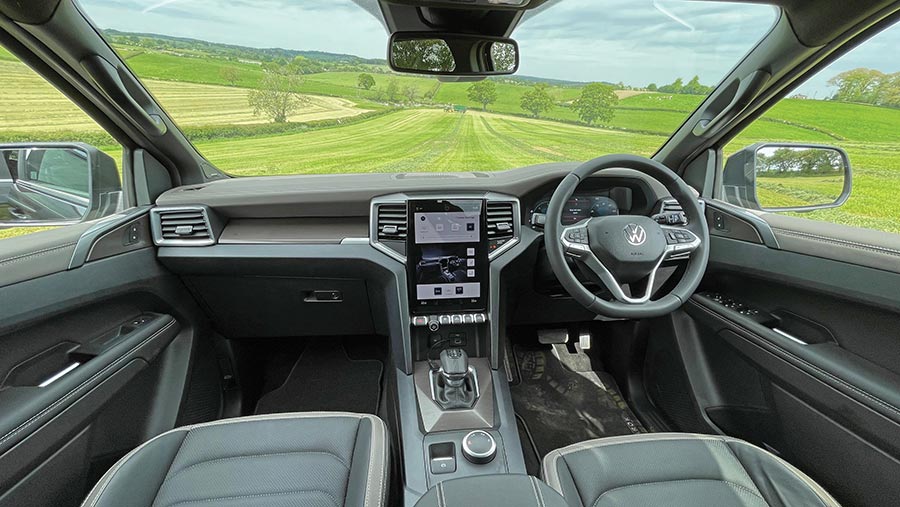
The new platform offers slightly more interior space for passengers © James Andrews
Less good is the fact that the screen stretches low down in the dash.
Shunting it up a couple of inches and tilting it at more of an angle would have made it far more comfortable to glance at.
Features like adaptive cruise control, rear traffic alert and lane assist can also come in handy, although the fact there are 30 of these assistance systems on offer seems a tad over the top.
The Style might be the base spec 3-litre model, but you couldn’t tell from looking at the interior.
Seats are clad in decent-quality leather and it has more than enough refinement for our liking.

A 360deg view helps slot the Amarok between parked cars © James Andrews
Verdict
The old Amarok was a tough act to follow and die-hard fans will no doubt be a little miffed that the new version is a lot more Ford than VW.
But during the short time we had with the V6 Style it was hard to pick many meaningful holes in it.
Other than the fact it’s expensive, huge and perhaps fancier than it needs to be.
Power is plentiful, it’s smart and comfortable in the cabin and it can match all its rivals for towing and carrying capacity.
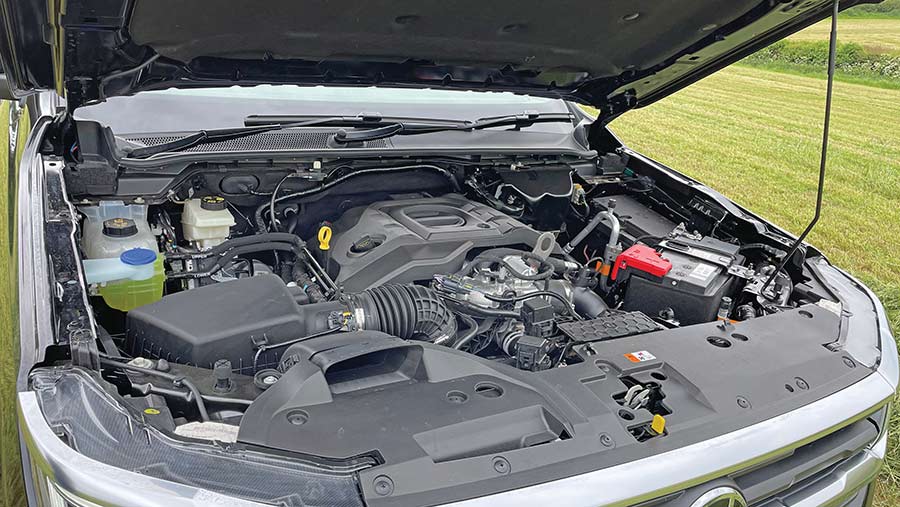
3-litre V6 engines are now provided by Ford, rather than VW © James Andrews
The only catch is that Ford offers almost exactly the same thing, probably at a slightly lower cost.
For agricultural buyers who hanker after a six-cylinder Amarok, the Style probably isn’t the model to go for.
Instead, shelling out a little extra for a PanAmericana, complete with a mechanical rear diff-lock, underbody protection and all-terrain tyres, would be a more sensible move.
But the 2-litre trucks are also worth considering, particularly the base-spec Life model.
This can be had with a six-speed manual, or 10-speed auto and comes with rubber matting throughout, as well as smaller rims that can accommodate a decent set of off-road tyres
Likes and gripes
✔ Powerful
✔ Slick transmission and 4×4 system
✔ Comfortable cabin
✘ Huge
✘ No longer a VW engine
✘ Dash screen positioning could be improved

